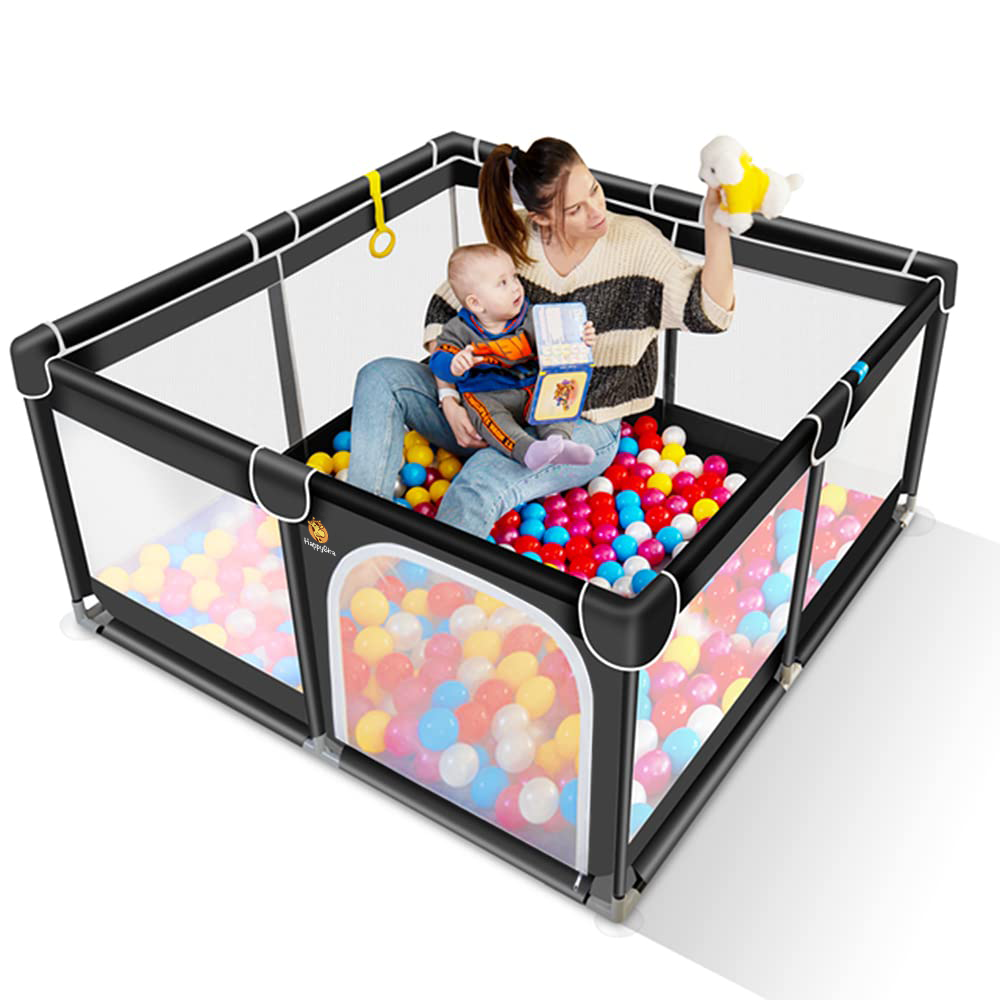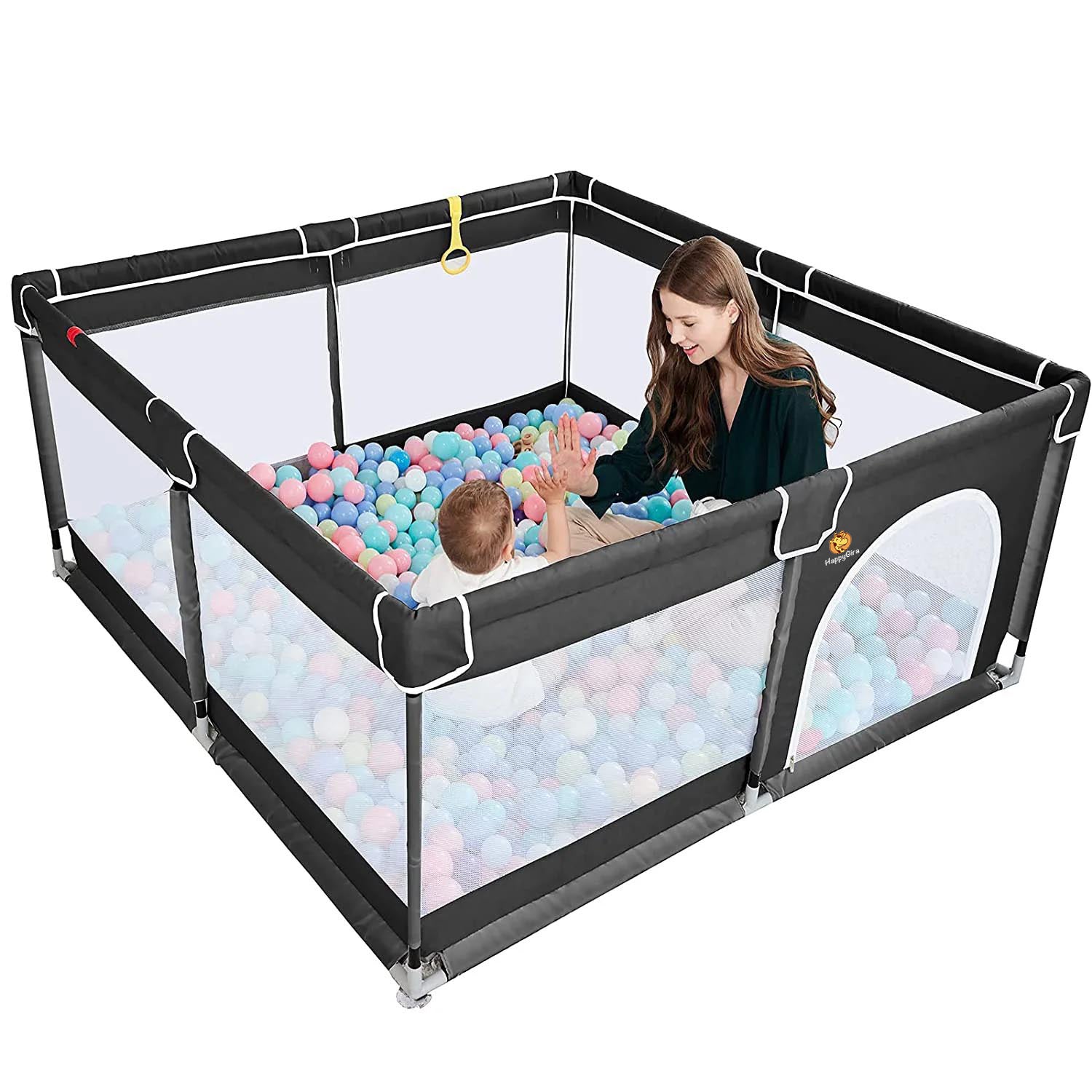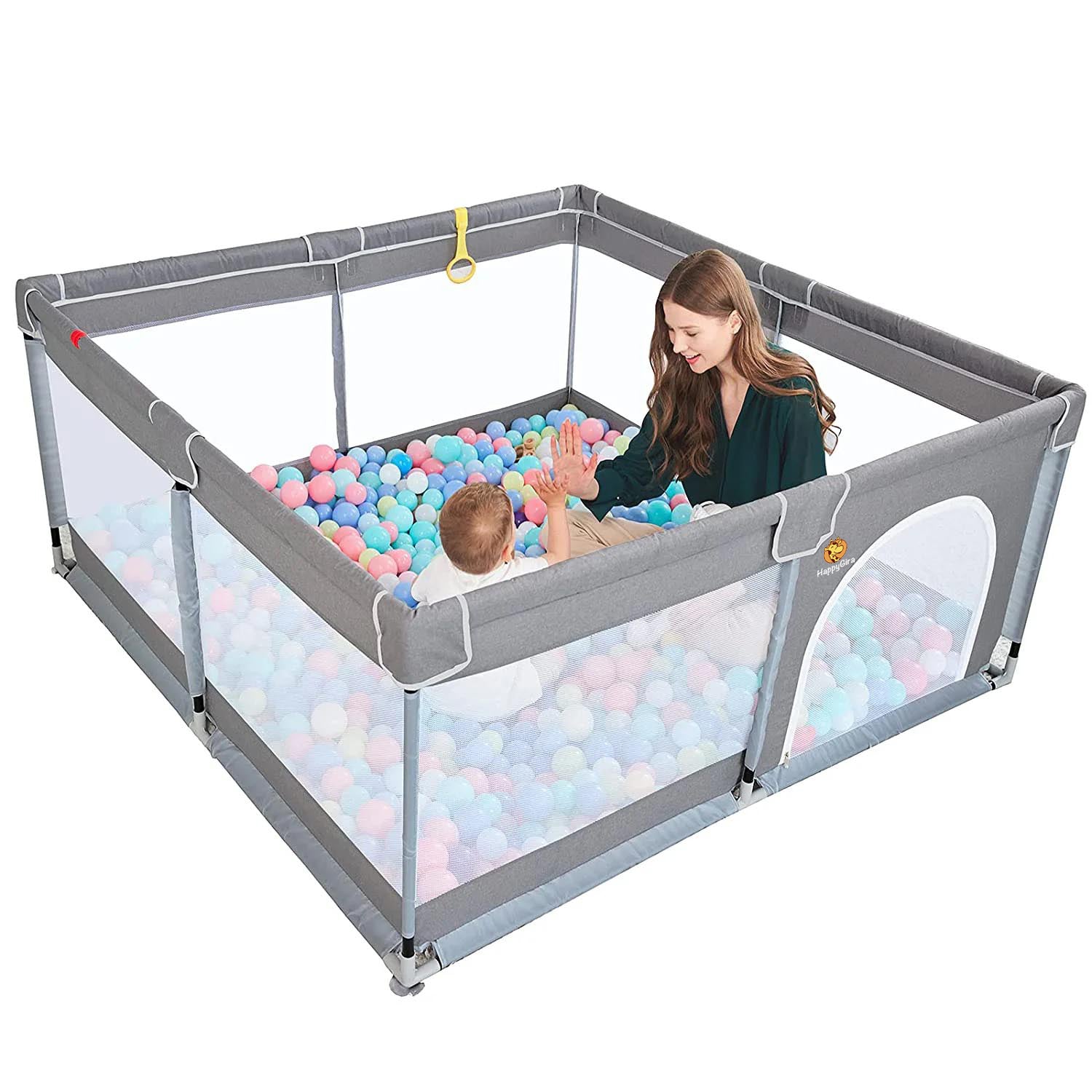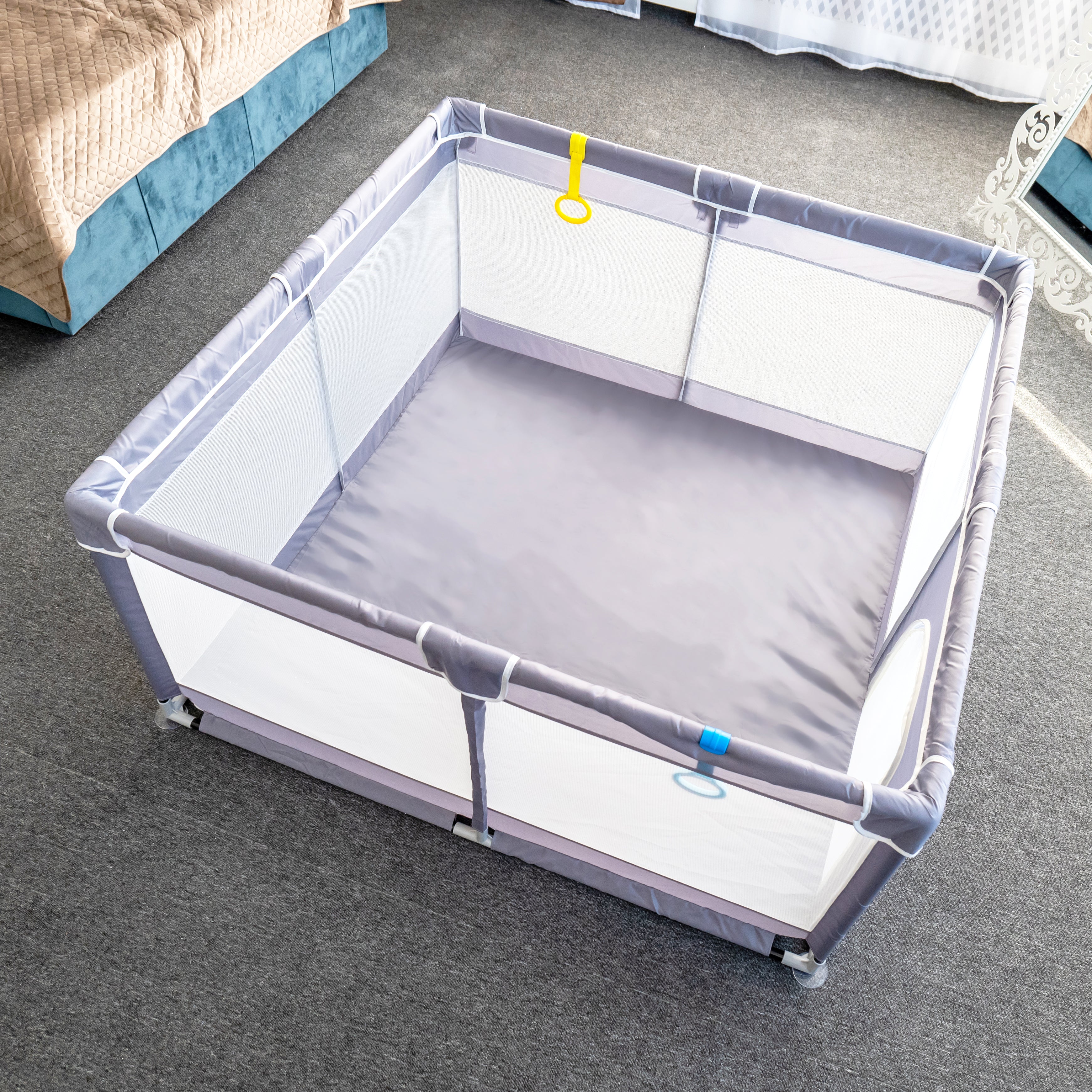Creating a Safe Environment for Child's Overall Security and Well-being

In today's rapidly changing world, ensuring a safe and secure environment for our children has become more crucial than ever. As an industry expert in child safety and parental guidance, I am dedicated to shedding light on the significance of establishing a safe environment for children. In this blog post, we will explore the importance of child-proofing homes, promoting safety education, and substantiate our points with relevant examples and data.
Child-Proofing Homes:
Creating a safe household environment is paramount to safeguarding young ones from potential hazards. Child-proofing entails identifying and addressing potential safety risks, such as securing furniture and appliances, installing safety gates, and covering electrical outlets. These measures provide parents with peace of mind, knowing that their children are protected from accidents and injuries.
Example:
According to a study conducted by the National Safety Council, 90% of unintentional childhood injuries occur at home, emphasizing the need for comprehensive child-proofing measures. Implementing safety measures significantly reduces the likelihood of incidents and creates a nurturing space for children to grow and explore.
Promoting Safety Education:
Equipping children with essential safety knowledge empowers them to make informed decisions and respond appropriately in risky situations. Educational initiatives should focus on areas such as fire safety, road awareness, online safety, and basic first aid. By embedding safety education in their everyday lives, we instill a sense of responsibility, ensuring they can protect themselves and others.
Example:
A survey conducted by Safe Kids Worldwide found that children who participated in safety education programs were significantly more likely to demonstrate safe behaviors, such as using seat belts, avoiding dangerous areas, and accurately identifying potential hazards. This demonstrates the effectiveness of safety education in empowering children to make safer choices.
Creating Safe Online Environments:
In an increasingly digital world, children's safety extends beyond just physical spaces. Parents must ensure their digital well-being by monitoring online activities, setting age-appropriate restrictions, and educating them about cyber threats such as cyberbullying and online predators. Establishing a safe online environment not only protects children from potential harm but also encourages responsible technology usage.
Example:
According to a report by Pew Research Center, over 70% of parents actively monitor their child's online activities. This data showcases the growing awareness among parents about the importance of creating a safe online environment. Monitoring and educating children about online safety practices can significantly minimize the risks associated with online platforms.
Conclusion:
Creating a safe environment for children, both physically and digitally, is a fundamental responsibility shared by parents and society. By child-proofing our homes, promoting safety education, and implementing cautionary measures in the digital realm, we equip children with the necessary tools to navigate potential risks. Remember, a secure environment fosters holistic growth, enabling children to thrive and reach their full potential.






































































































































































































Leave a comment